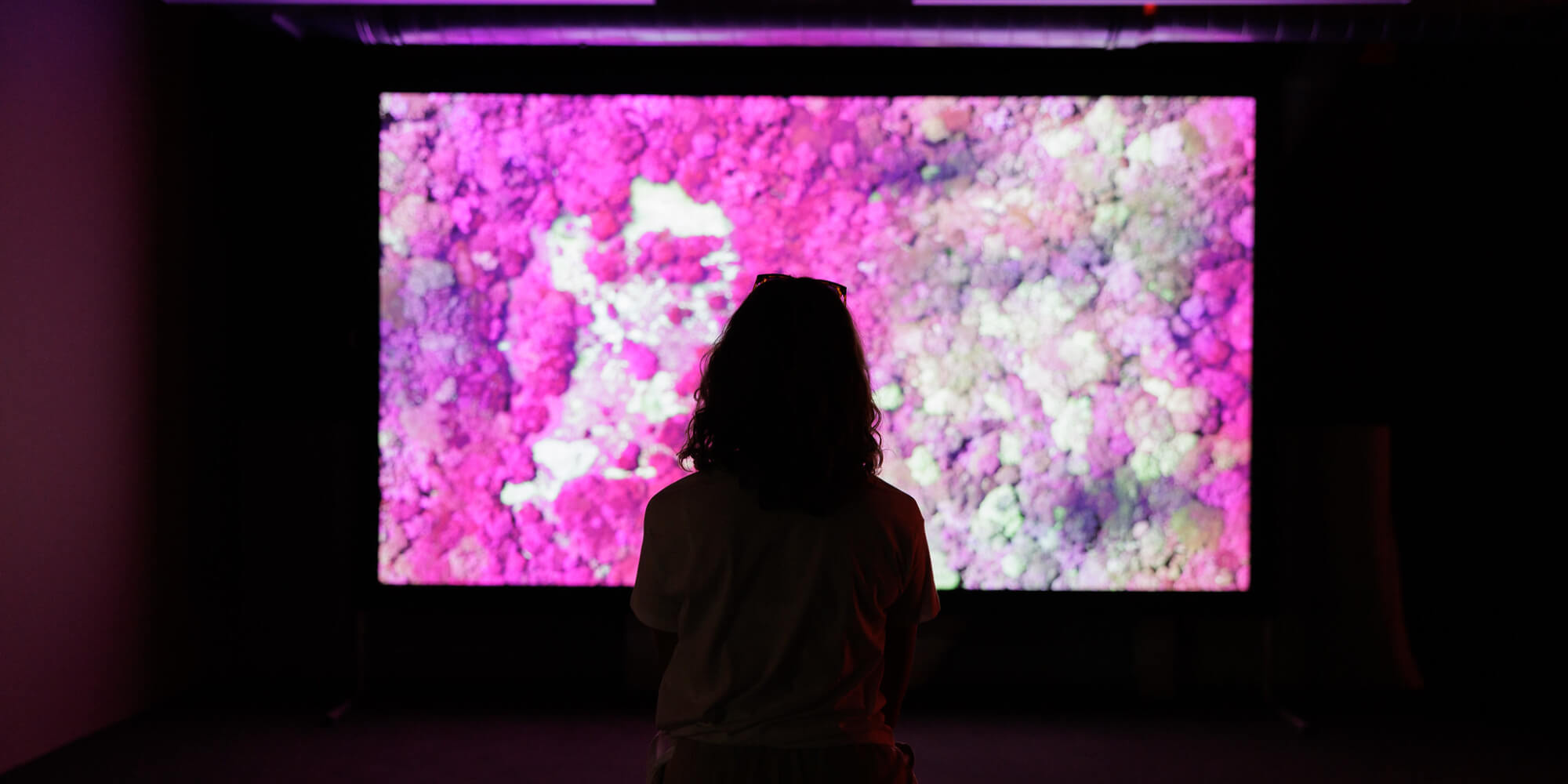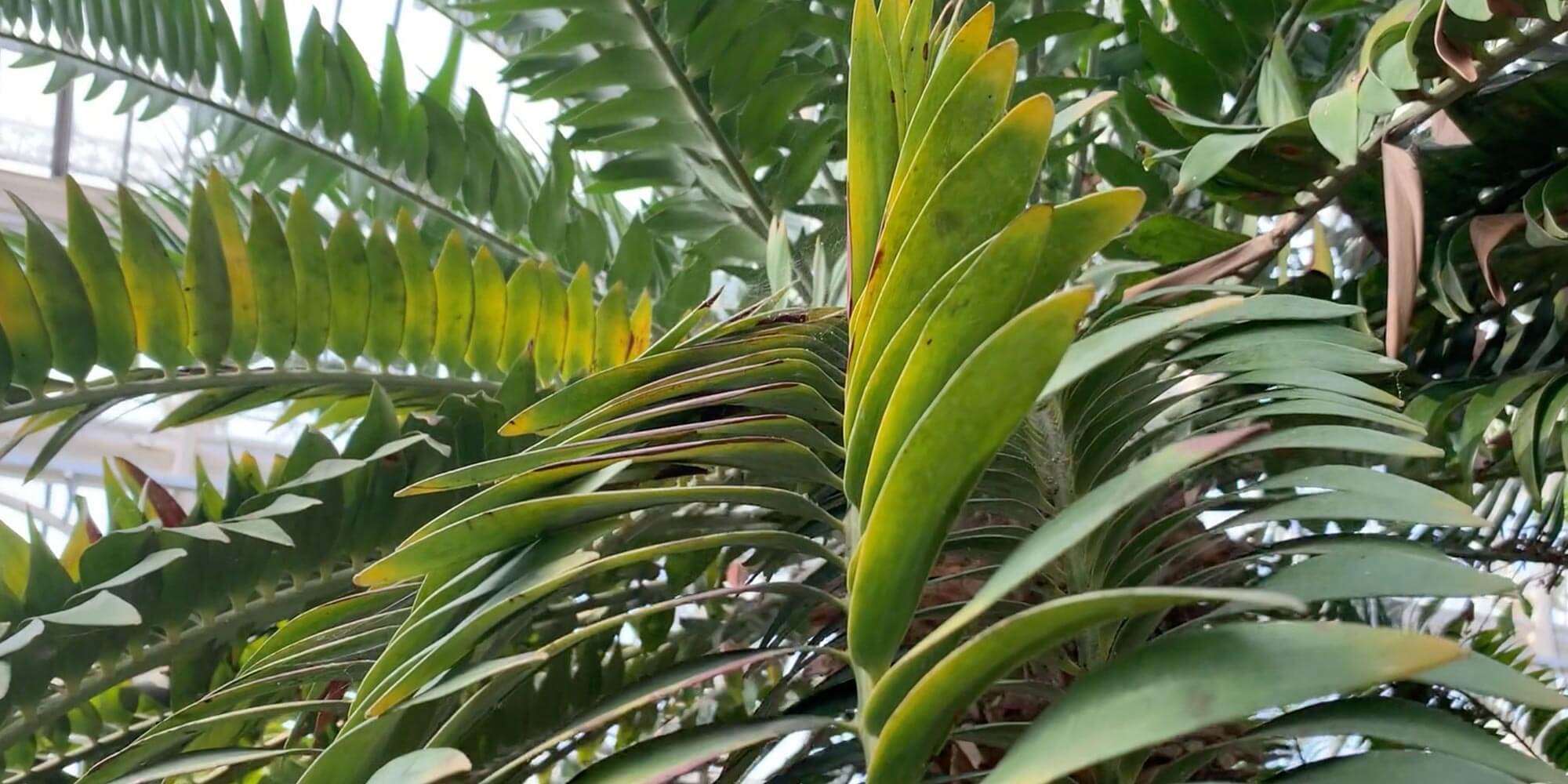No longer existing in the wild, Encephalartos woodii is one of the rarest plants on Earth. One male specimen was found in 1895 in the Ngoye Forest, South Africa. It was removed from the wild and its offsets have been propagated in botanical gardens worldwide. However, these specimens are all clones of the original male.
Numerous expeditions have sought to find another specimen, specifically a female, to bring Encephalartos woodii back from the brink of extinction but so far without success. The Ngoya Forest has not been fully surveyed and there is a possibility that a female may exist. This project partakes in the search for the elusive female using manned aircraft surveys and drone technologies with expert guidance. Its story illustrates just how easy it is to lose a species and biodiversity — the search continues …
Biography
 Laura Cinti is a research-based artist working with biology and the co-director of C-LAB – together with Howard Boland. C-LAB is a bio art collective engaging in the interdisciplinary use of science, technology and art. Their approach incorporates scientific methods and tools in order to manipulate living material as a way of experiencing deeper and often inaccessible spaces. C-LAB’s works have been exhibited and presented worldwide.
Laura Cinti is a research-based artist working with biology and the co-director of C-LAB – together with Howard Boland. C-LAB is a bio art collective engaging in the interdisciplinary use of science, technology and art. Their approach incorporates scientific methods and tools in order to manipulate living material as a way of experiencing deeper and often inaccessible spaces. C-LAB’s works have been exhibited and presented worldwide.Credits
Dr. Howard Boland (NO), Video & Software, C-LAB. Dr Debbie Jewitt (ZA), Conservation Scientist & Drone Pilot, Ezemvelo KZN Wildlife. This project is a recipient of the Roots and Seeds XXI Biodiversity Crisis and Plant Resistance Production Award. Roots & Seeds consortium: University of Barcelona, Quo Artis, Ars Electronica, Leonardo/OLATS.
Roots & Seeds XXI. Biodiversity Crisis and Plant Resistance is co-funded by the Creative Europe Programme of the European Union.
Funded through the Roots & Seeds project. Roots & Seeds XXI. Biodiversity Crisis and Plant Resistance is co-funded by the Creative Europe Programme of the European Union.






